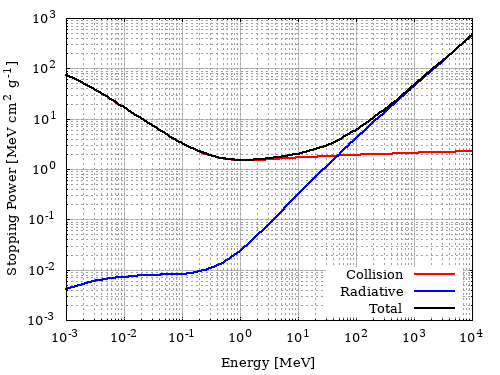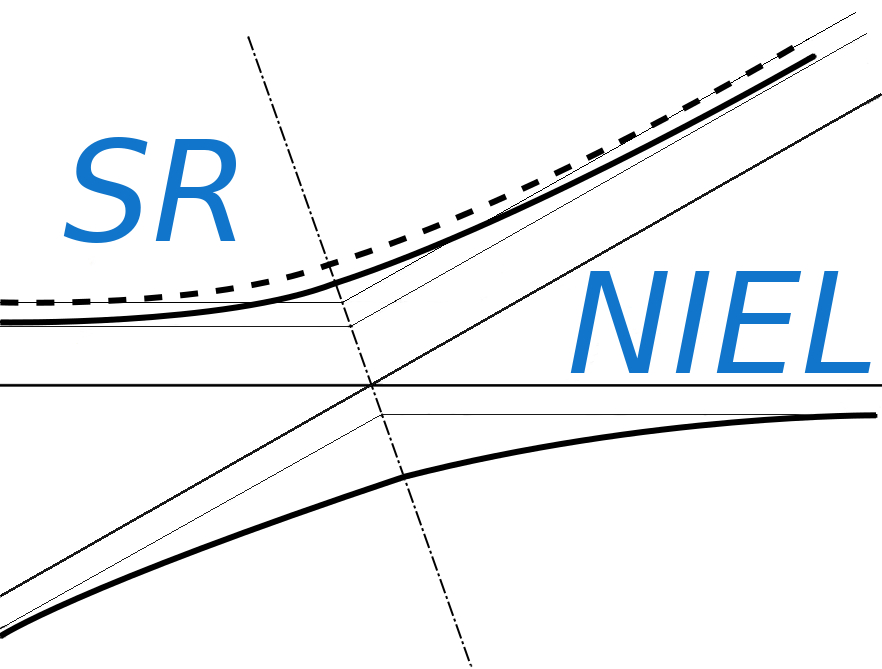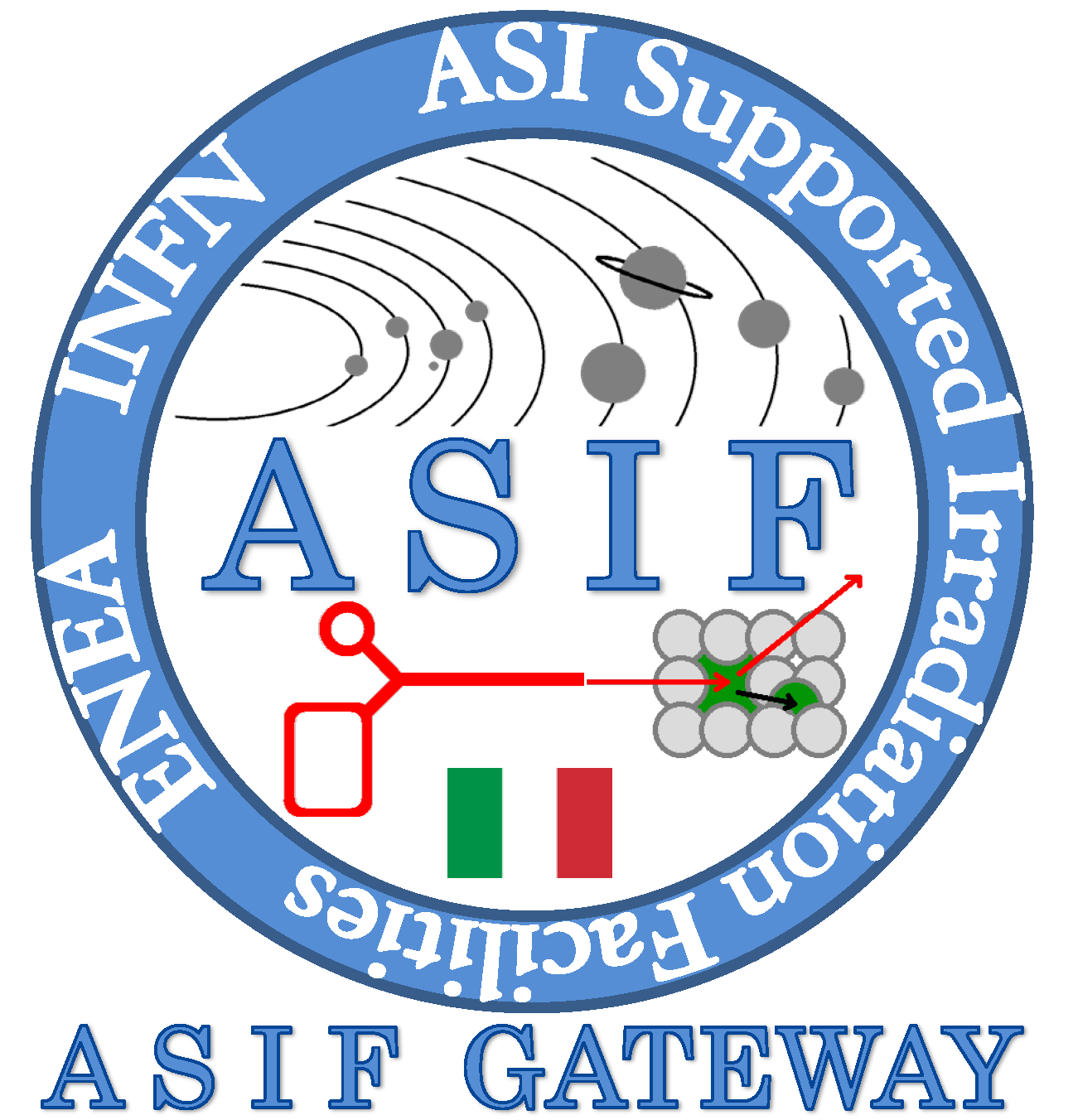The current web calculator for collision electronic stopping power is based on a fit of the tables - based on ICRU Report 37 - from ESTAR code at NIST. The tables are reproduced with a maximum discrepancy < 1%.
The radiative stopping powers are those evaluated in ESTAR (e.g., see webpage). The tables corresponding are reproduced with a maximum discrepancy < 1%.
EXAMPLE:
Electronic, Radiative and Total Stopping Power for Electrons in Silicon:
 NOTE:
Output table and graph include the stopping power in units of Mev cm2/g (i.e., the mass stopping power).
The lower energy limit is 1 keV
The higher energy limit is 10 GeV
FINAL REMARK:
For the conversion from electronic stopping power to dose, the energy lost by the incoming electron for ionization is assumed to be fully absorbed by the medium - i.e., it is supposed to to be thick enough to fully absorb the kinetic energy of emitted delta rays - and the electron energy is almost constant while the particle traverses the absorber. In addition, radiative phenomema are assumed to be negligible - as, for instance, when the electron energy is well below that critical (for a discussion see Result) - e.g., see for a definition and a discussion Sect. 2.3.3.5 in Leroy and Rancoita (2016) and references therein -, and subsequent interactions of emitted photons are not taken into account. The discussion on the relevance of ionization energy loss (e.g, see Sects. 2.1-2.1.3.6 in Leroy and Rancoita (2016) and references therein) with respect to radiative emission of electrons can be found, for instance, in Sects. 3.1-3.1.3.3 and 3.2 of Leroy and Rancoita (2016) and references therein.
NOTE:
Output table and graph include the stopping power in units of Mev cm2/g (i.e., the mass stopping power).
The lower energy limit is 1 keV
The higher energy limit is 10 GeV
FINAL REMARK:
For the conversion from electronic stopping power to dose, the energy lost by the incoming electron for ionization is assumed to be fully absorbed by the medium - i.e., it is supposed to to be thick enough to fully absorb the kinetic energy of emitted delta rays - and the electron energy is almost constant while the particle traverses the absorber. In addition, radiative phenomema are assumed to be negligible - as, for instance, when the electron energy is well below that critical (for a discussion see Result) - e.g., see for a definition and a discussion Sect. 2.3.3.5 in Leroy and Rancoita (2016) and references therein -, and subsequent interactions of emitted photons are not taken into account. The discussion on the relevance of ionization energy loss (e.g, see Sects. 2.1-2.1.3.6 in Leroy and Rancoita (2016) and references therein) with respect to radiative emission of electrons can be found, for instance, in Sects. 3.1-3.1.3.3 and 3.2 of Leroy and Rancoita (2016) and references therein.




